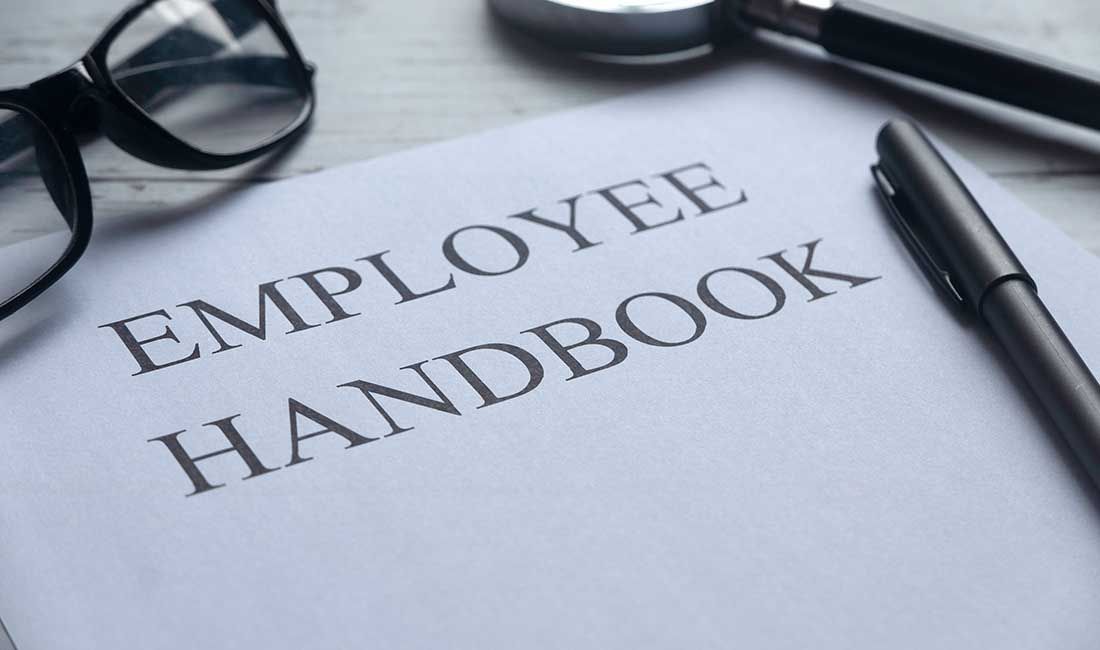Redundancy: What Employers Must Follow

| W.E.U Admin | Workplace Wellbeing
TAGS: Employers, Redundancy
Tata Steel’s decision to make 250 people redundant at its Llanwern steel works to cut costs highlights the emotional toil on both employer and employee. Every organisation should consider how to manage cost-cutting measures when demand falters or contracts are lost. Below is a step-by-step guide to ensure your redundancy process is legally compliant and fair.
1. Understanding the Need for Consultation
Before dismissing any employee by reason of redundancy, you must initiate a meaningful consultation. This process ensures that:
- Employees understand why their role is at risk.
- Alternative solutions are explored to avoid redundancies.
- Selection criteria and scoring are discussed openly.
- Potential payments (notice, holiday pay, statutory redundancy pay) are clarified.
Consultation must occur at a formative stage, not once decisions are already made.
For an in-depth guide on employer obligations, see our article on Redundancy: What employers must follow.
2. Individual vs. Collective Consultation
If you propose to dismiss fewer than 19 employees, you may carry out individual consultations with no prescribed minimum period. However, the discussions should be reasonable and not rushed.
If dismissing 19–99 employees, you must follow a 30-day collective consultation. For 100 or more, a 90-day collective consultation is required. During these periods, no dismissals can occur.
Collective consultation involves:
- Consulting with the recognised union (if available) or elected employee representatives.
- Ensuring that representative elections are fair and transparent.
3. Forming Selection Pools and Applying Criteria
When multiple employees perform similar tasks (e.g., reducing driving staff from ten to five), you must:
- Define a Selection Pool: Group all employees with the same roles or transferable skills.
- Apply Objective Criteria: Use factors such as attendance, disciplinary record, time-keeping, skills and qualifications.
- Score Each Employee: Those with the lowest scores become at risk of redundancy and enter the consultation process.
Many employers trip up by misdefining pools or applying criteria inconsistently. For best practice, refer to our detailed selection criteria guide.
4. Conducting the Meetings
During consultation meetings:
- Present scores and allow feedback from the employee.
- Discuss any suitable alternative roles.
- Explain potential payments due upon redundancy.
- Allow the employee to bring a work colleague or trade union representative.
5. Confirming Redundancy
If no alternative role is found by the end of consultation:
- Issue a formal dismissal letter stating the reason is redundancy.
- Pay any notice pay, accrued holiday and statutory redundancy pay (if applicable).
Key Takeaways
To minimise the risk of an unfair dismissal claim—which can lead to tribunal compensation up to £78,335—you must:
- Follow a structured consultation process.
- Use fair and transparent selection criteria.
- Seek early legal advice to ensure compliance.
Our Union is here to support you. If you have questions or would like to join our Trade Union, please
workersofengland.co.uk | Independent Workers Trade Union


















